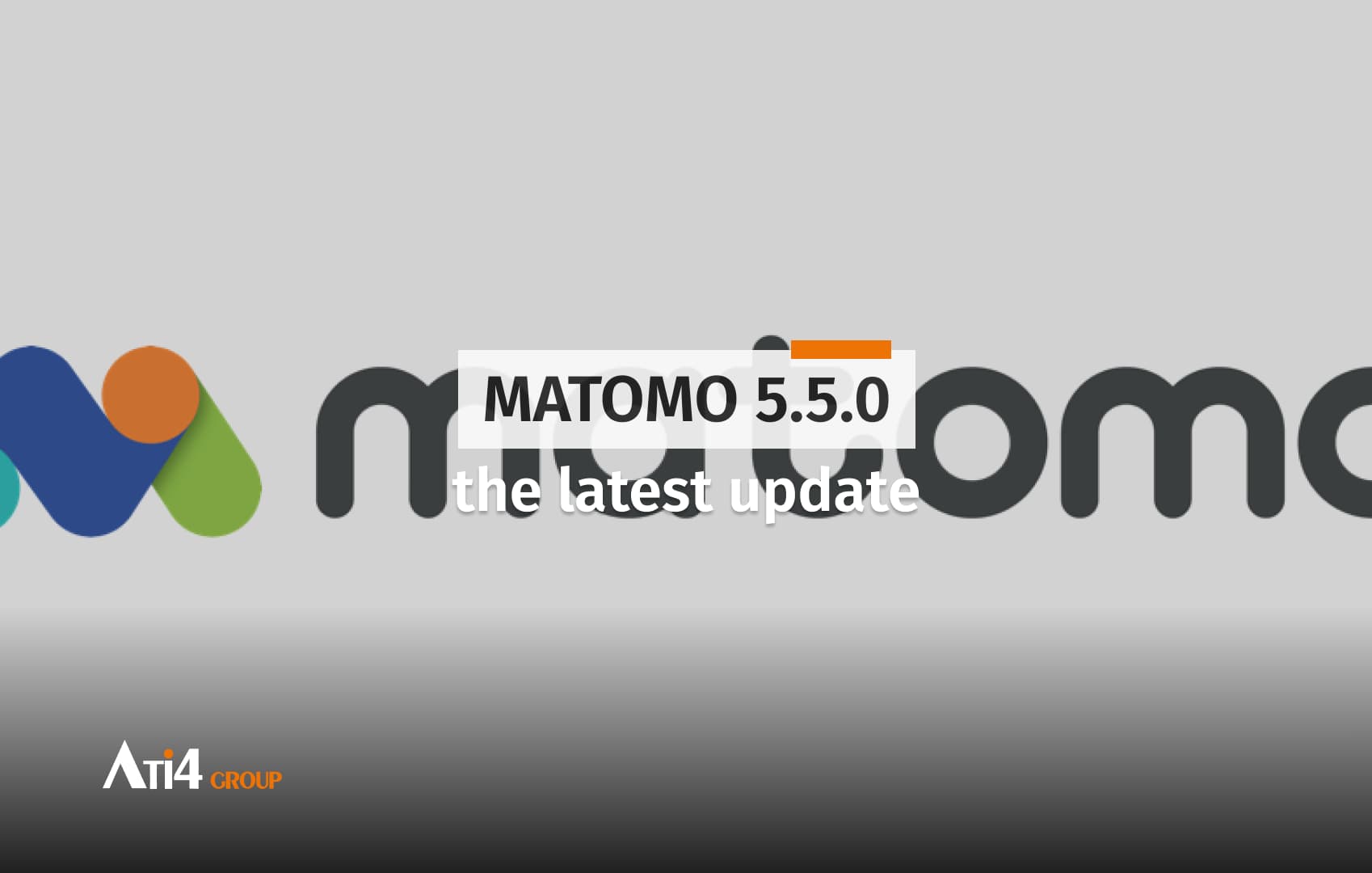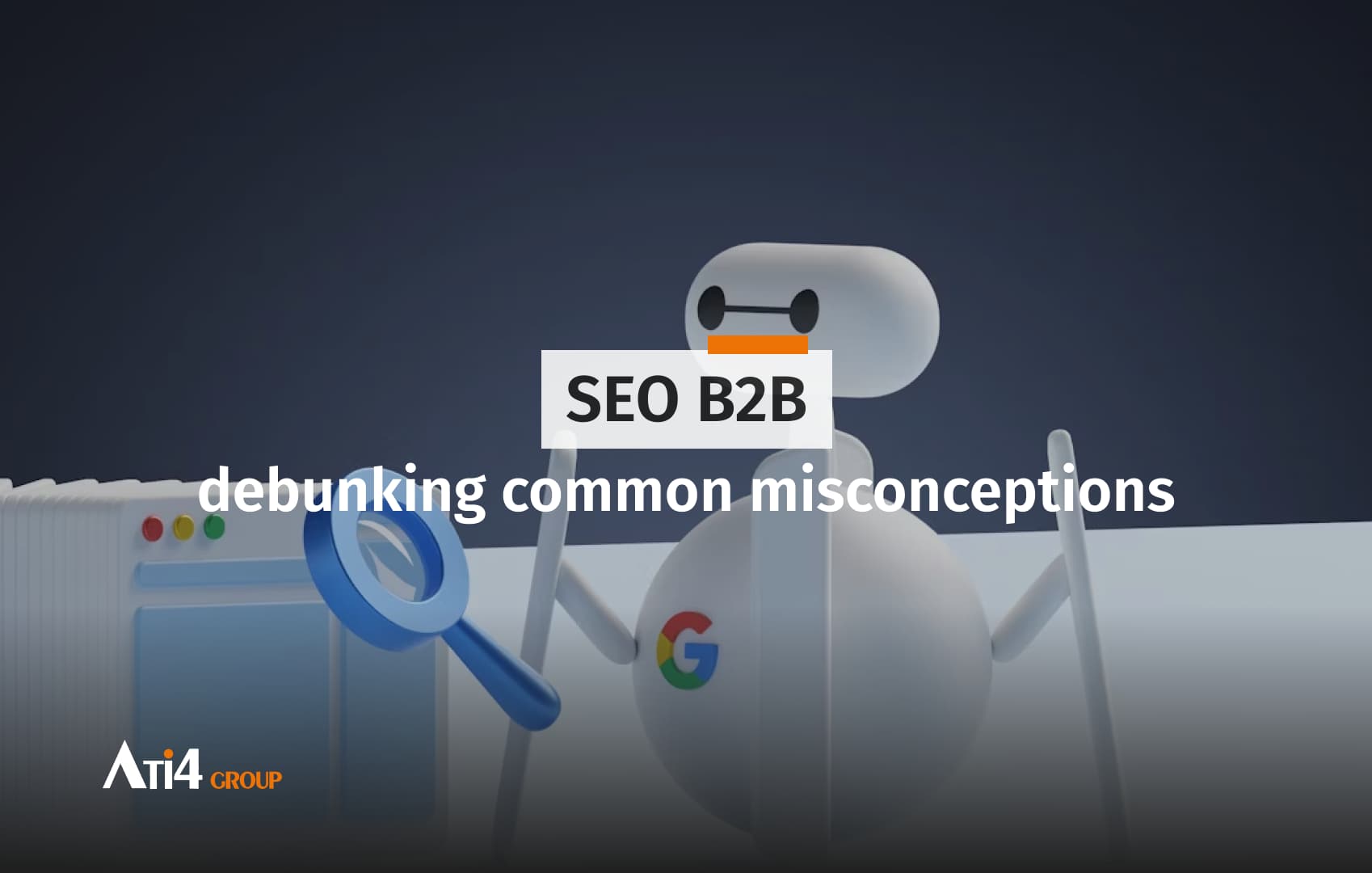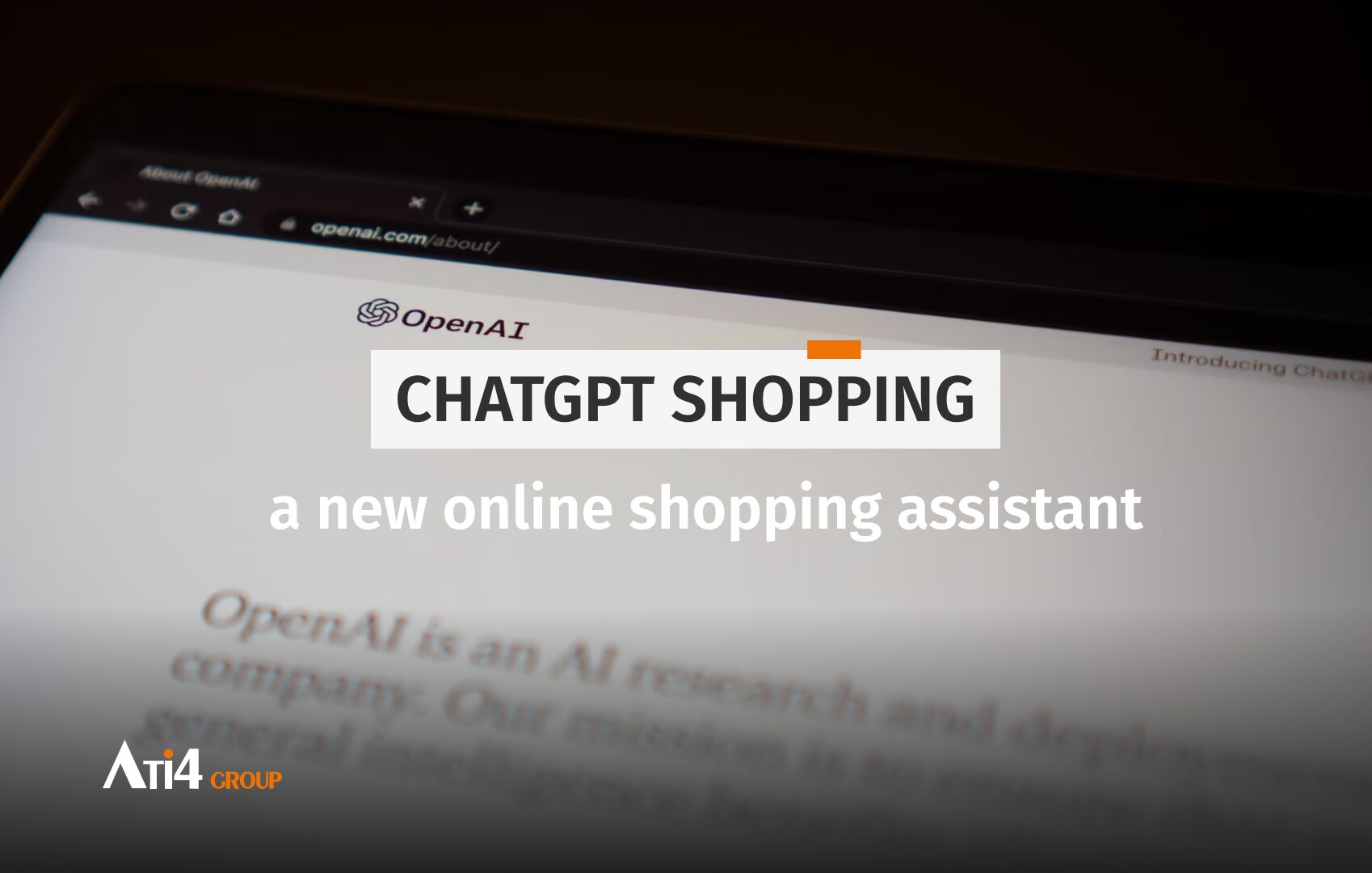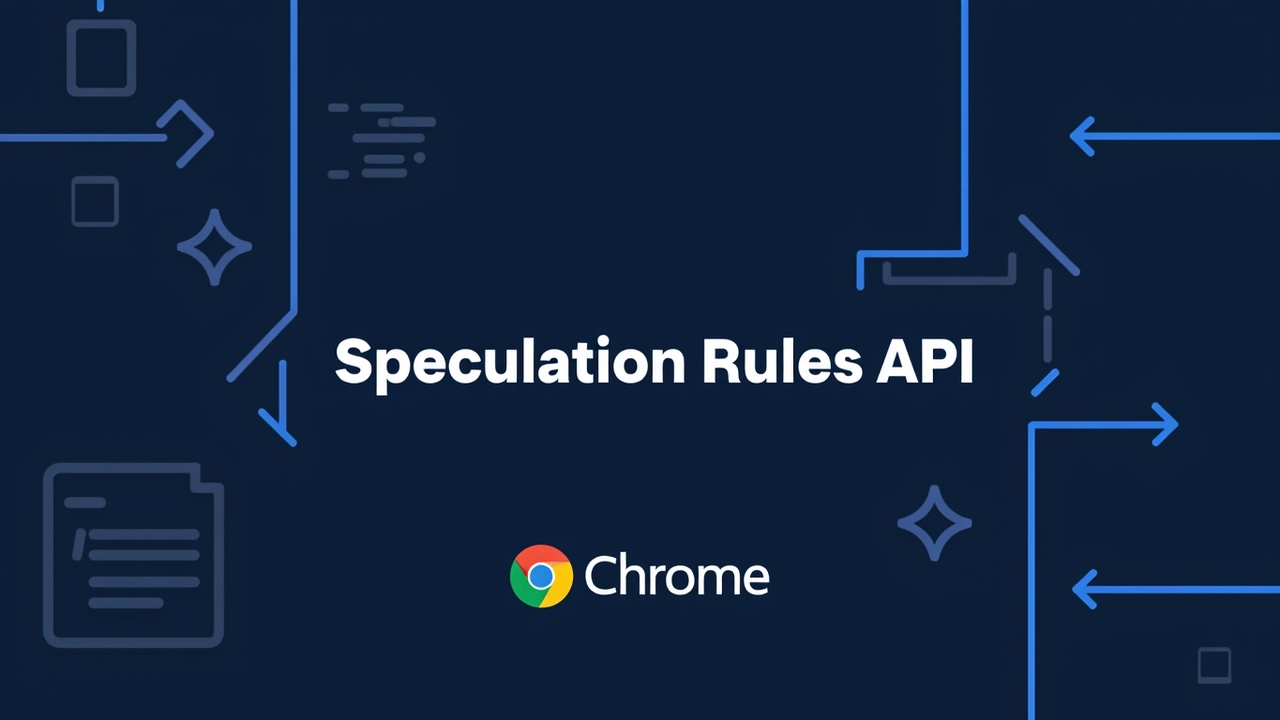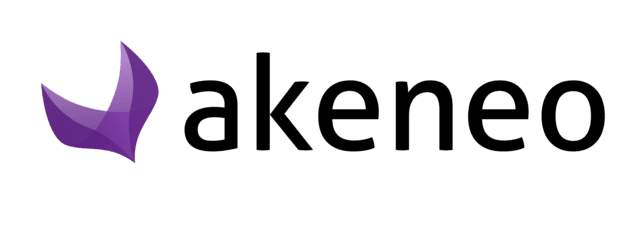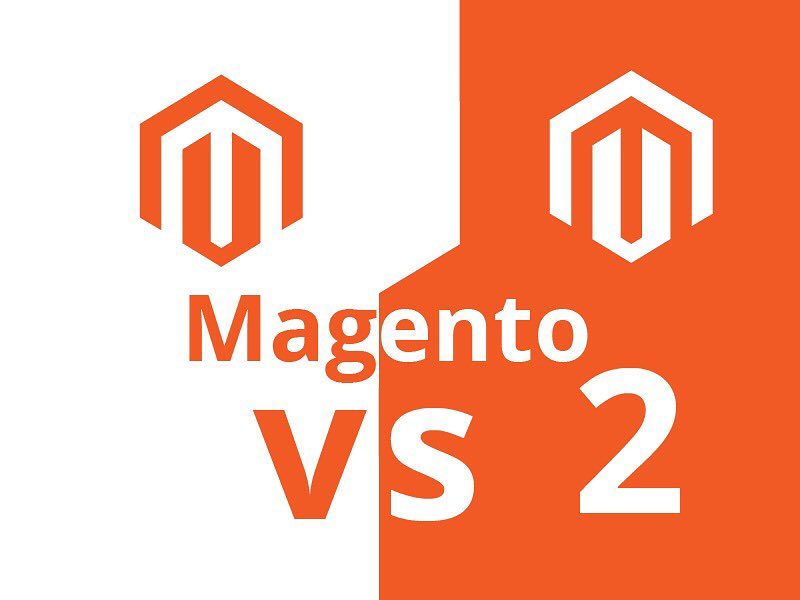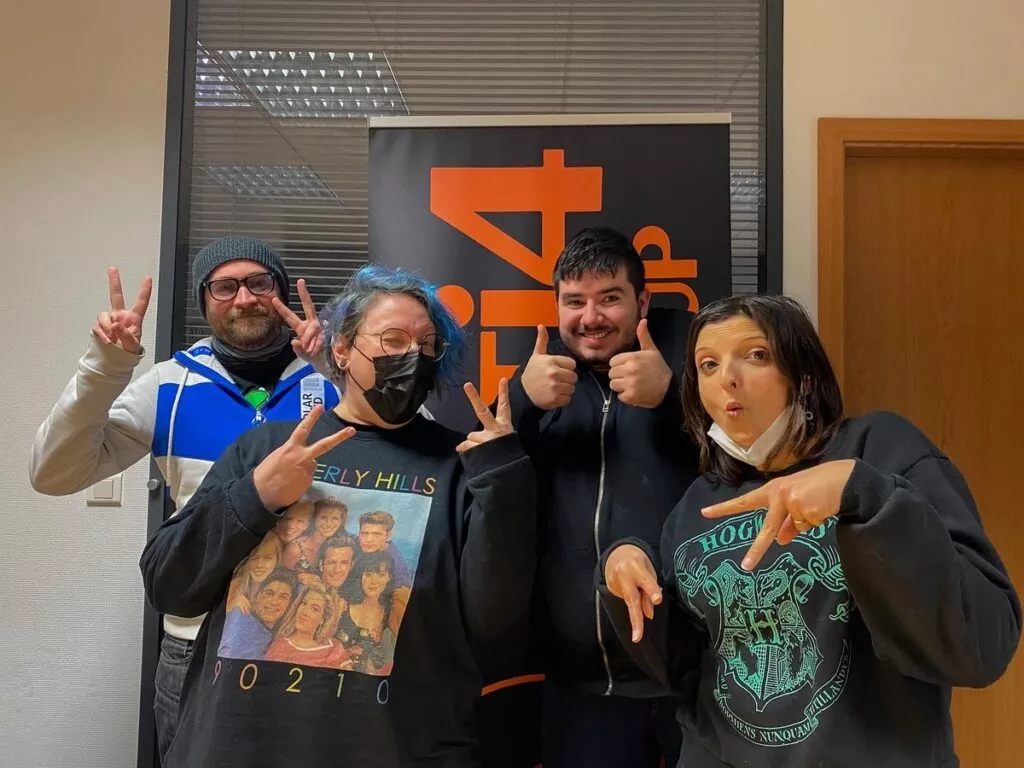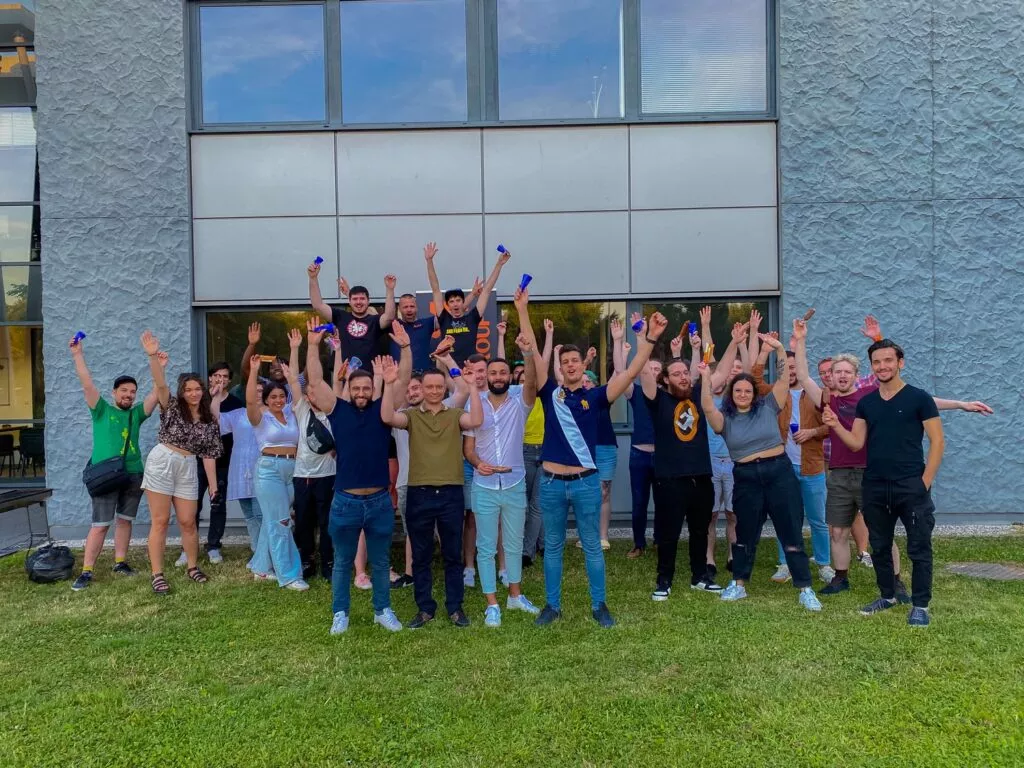During Meet Magento, held in the Netherlands in early November 2025, Willem Wigman, the founder of Hyvä, made official a decision that is shaking up the Magento ecosystem: the transition of the theme to an open source license. This announcement marks a decisive turning point in the company’s strategy and redefines the platform’s accessibility for the entire e-commerce community.
ATI4 Advice
Optimizing web performance: from theory to practice

In today’s context, every millisecond gained on your site matters. Optimizing your web performance is a real advantage for customer experience.
The days when users were willing to wait several seconds for a page to load are long gone. Today, with mobile omnipresence and evolving digital consumption habits, a site that doesn’t load instantly immediately loses visitors—and by extension, business opportunities.
The stakes go far beyond simple user comfort. In June 2021, Google formalized the importance of performance by integrating Core Web Vitals as an official SEO ranking factor. A slow site is no longer just a site with poor conversion rates—it is now a site invisible in search results.
The statistics speak for themselves: one additional second of loading time can reduce conversions by 7%, while 53% of mobile users abandon a site that takes more than 3 seconds to load.
In this context, mastering web performance is a true competitive advantage! We explain everything in this article.
Understanding performance metrics
Core Web Vitals: Google’s new standard
Since 2021, Google has transformed web performance evaluation with the introduction of Core Web Vitals. These three fundamental metrics measure different aspects of the real user experience and now constitute an official SEO ranking factor.
Largest Contentful Paint (LCP) measures the time it takes to display the largest visible element in the viewport. This indicator reflects the perceived loading speed for users. An optimal LCP should be under 2.5 seconds. Commonly measured elements include large images, big text blocks, or videos. To optimize LCP, critical elements should be prioritized by preloading resources, optimizing images, and reducing server response time.
First Input Delay (FID), recently replaced by Interaction to Next Paint (INP), evaluates page responsiveness to user interactions. It measures the delay between the moment a user interacts with the page (click, tap, or keypress) and when the browser can process that interaction. An optimal FID should be under 100 milliseconds. This metric is particularly impacted by blocking JavaScript on the main thread.
Cumulative Layout Shift (CLS) quantifies visual stability by measuring element shifts during page load. An optimal CLS should be below 0.1. Major causes of poor CLS scores include images without set dimensions, dynamically injected ads, web fonts causing FOIT (Flash of Invisible Text), or elements that resize after loading.
Additional performance metrics
Beyond Core Web Vitals, other metrics provide valuable insight into performance.
Time to First Byte (TTFB) measures the time between the initial request and the reception of the first byte from the server, reflecting backend infrastructure and hosting performance.
First Contentful Paint (FCP) indicates when the first textual or visual content appears on screen, showing the perceived start of loading. Speed Index calculates the average speed at which visible content is displayed.
Total Blocking Time (TBT) measures the total time during which the main thread is blocked long enough to prevent page responsiveness. This metric is especially useful for diagnosing JavaScript issues.
Hyvä: revolutionizing magento performance
The challenge of traditional Magento performance
Magento, the leading e-commerce platform, has historically struggled with performance issues. While powerful and flexible, standard Magento 2 generates a heavy frontend with large JavaScript bundles and loading times often detrimental to modern user experience. Initialization of these libraries can take several seconds, especially on mobile, directly impacting Core Web Vitals and user experience.
Magento’s modular structure, though flexible for development, generates many HTTP requests and a cascade of JavaScript dependencies. Template fallback and client-side LESS compilation add layers of complexity that hurt performance.
Standard Magento themes often include unused features, unnecessarily increasing asset size. Customizations and third-party modules usually exacerbate performance issues without specific optimization.
Hyvä: A revolutionary approach
Here, Hyvä Themes emerges as a revolution in the Magento ecosystem, offering a modern, performance-focused frontend approach. Developed by Magento experts, Hyvä abandons the traditional JavaScript stack in favor of Alpine.js and Tailwind CSS.
Hyvä architecture is based on three fundamental principles: simplicity, modernity, and performance. Alpine.js, at only 15KB compressed, replaces the traditional RequireJS/KnockoutJS ecosystem of several hundred KB. This drastic reduction immediately improves all performance indicators.
Tailwind CSS brings an utility-first approach, eliminating unused CSS from the design. Unlike traditional CSS frameworks that load thousands of rules of which only a fraction is used, Tailwind generates only the CSS actually needed for the project.
Hyvä’s philosophy prioritizes server-side rendering (SSR) and minimizes client-side JavaScript, directly improving Time to Interactive and reducing frontend complexity, making maintenance and customization easier.
Hyvä technical architecture
Hyvä is based on a modern, optimized tech stack. Alpine.js handles reactivity and user interactions declaratively within HTML, eliminating the complexity of KnockoutJS bindings and RequireJS compilation.
Tailwind CSS uses a utility-first approach where each CSS class corresponds to a specific property. This granularity allows maximum optimization: the final CSS contains only the classes actually used in templates, automatically removing dead code.
The Hyvä template system maintains Magento compatibility while drastically simplifying markup. Templates are lighter, more readable, generating semantic HTML optimized for performance and accessibility.
Native GraphQL integration allows optimized data exchanges between frontend and Magento backend. GraphQL eliminates over-fetching by retrieving only the needed data in a single request, reducing network round trips.
Measurable performance gains
What’s especially impressive with Hyvä is that performance gains are spectacular and measurable. Implementations show 50–80% improvements on Core Web Vitals compared to standard Magento themes.
LCP typically drops from 4–6 seconds to under 2.5 seconds. FID benefits from the drastic reduction of blocking JavaScript—Alpine.js being much lighter and more efficient than RequireJS/KnockoutJS—making the page interactive in often under 100ms. CLS improves thanks to better rendering control and elimination of reflows caused by slow JS initialization. SSR-first ensures stable, predictable rendering.
Technical metrics show 60–70% reductions in JavaScript and CSS asset size. A standard Magento theme may generate 1–2MB of JS, whereas Hyvä typically stays under 200KB, including Alpine.js and all custom scripts.
Migration and adoption of Hyvä
While revolutionary, migrating your e-commerce platform to Hyvä requires a methodical approach.
First, audit existing customizations and third-party modules, as not all are yet compatible with Hyvä. Hyvä installation is done via Composer and requires a recent Magento 2 version. Initial setup includes installing the base Hyvä theme and configuring Tailwind CSS via Node.js.
Conversion of existing templates follows a precise methodology. PHTML templates are adapted to use Alpine.js instead of KnockoutJS, and CSS classes are replaced by Tailwind utilities. This migration can be progressive, allowing section-by-section updates.
Third-party module compatibility is the main challenge. The Hyvä community actively develops adapters for popular modules, but some extensions require specific adaptations. A preliminary analysis identifies potential blockers.
Hyvä ecosystem and community
The Hyvä ecosystem continues to grow with an active Magento developer community. The project maintains comprehensive documentation, code examples, and detailed migration guides. Community forums and Slack channels provide responsive technical support.
Hyvä-compatible modules are multiplying, with adaptations for major Magento extensions: Elasticsearch, MSI, PWA Studio integrations. Leading Magento agencies develop Hyvä expertise and contribute to the ecosystem.
Hyvä’s roadmap continues to propose improvements: better GraphQL integration, support for new Magento features, additional performance optimizations. The project maintains regular releases with security updates and new features.
Hyvä X ATI4 for the Saphore Project
For the Saphore Équipements project, ATI4 chose to use Hyvä to deliver a new e-commerce site that is performant, scalable, and easy to maintain.
Before our intervention, Saphore’s website suffered from slow loading times and complex maintenance due to the Luma theme and Magento’s legacy frontend ecosystem. The main goal was therefore to improve performance, simplify frontend development, and provide a better user experience to boost the company’s revenue.
Since our intervention, the results fully validate our approach. The Saphore Équipements team aimed to improve customer satisfaction, and the mission has been accomplished: the site now offers a more intuitive, precise, and faster experience. This redesign has also expanded the user base, with new customers adopting the platform regularly.
The business results are also very encouraging: since the launch at the end of May, online revenue has increased by +30% compared to 2024.
This growth paves the way for further optimizations, inspired by best B2C practices, which could be implemented in the coming months. And all of this is thanks to Hyvä. Learn more about the project carried out for Saphore Équipements.
Web performance optimization goes beyond purely technical considerations to become a strategic business issue.
Evolving web technologies offer unprecedented optimization opportunities. However, these technical innovations only deliver results if integrated into a coherent strategy, supported by an organization aware of performance stakes.
Solutions like Hyvä for Magento demonstrate this ongoing revolution. By fundamentally rethinking frontend approaches, these innovations prove that functionality and performance can coexist. This disruptive approach foreshadows the evolution of the entire web ecosystem toward higher performance standards.
The future of web performance revolves around three main axes: automation of optimizations, personalization of experiences, and native integration of performance into development processes. Companies that anticipate these trends and invest in performance excellence today are building the foundations for their digital success.
Web performance is no longer a technical nice-to-have, it is a business imperative. In the race for speed, every millisecond counts, every optimization generates value, and every improvement strengthens competitive advantage.
Do you have an e-commerce project ?
Find out what’s new at the company.
Because mixing fun and work is at the heart of our philosophy, we always try to make a special place for it in our business life.


